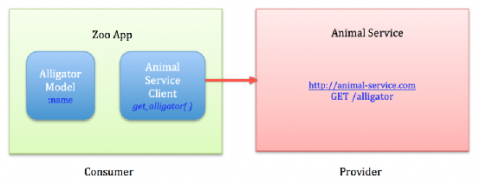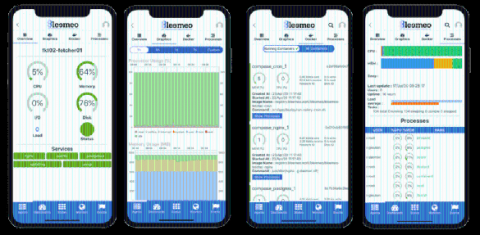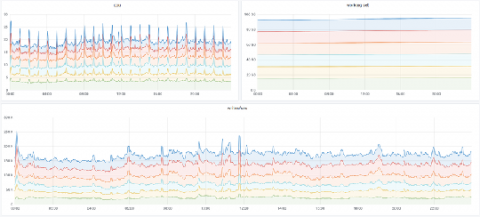Website Monitoring with SIGNL4
SIGNL4’s core job is to reliably alert operational teams. However, we’ve been asked a couple of times if SIGNL4 can also monitor a website’s uptime. Well, we developed an app and it is now available in the SIGNL4 app gallery. You can now monitor the availability of websites AND get instantly alerted if is goes down. This can be set up in minutes. The new SIGNL4 app “Website Monitoring” checks the availability of a website and queries its URL in configurable intervals.











